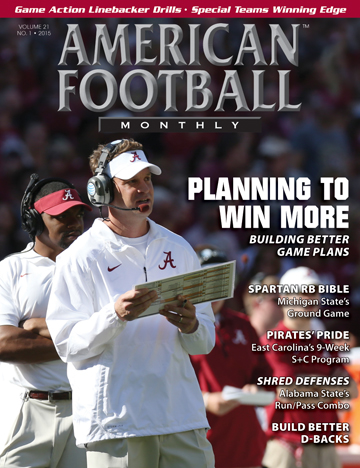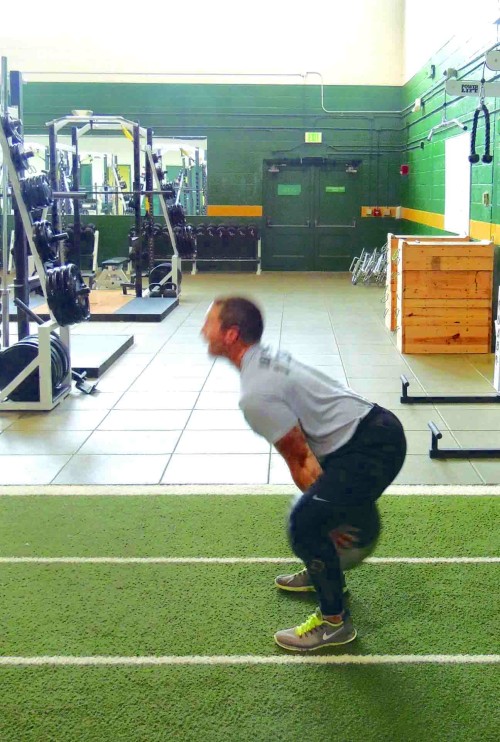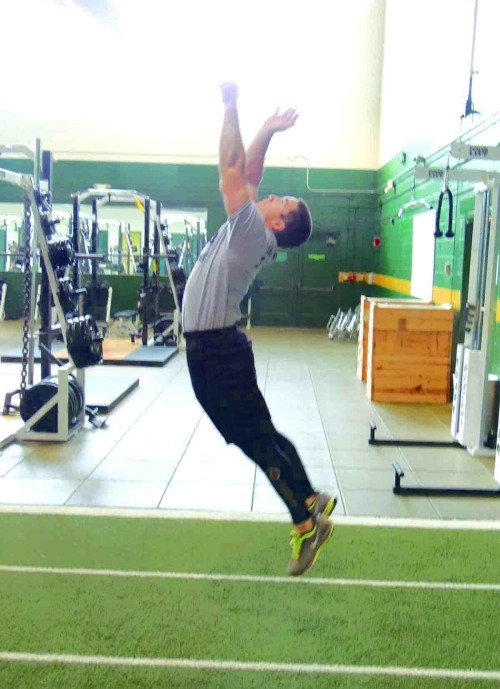AMERICAN FOOTBALL MONTHLY THE #1 RESOURCE FOR FOOTBALL COACHES
Article CategoriesAFM Magazine
|
Teaching the Clean: From A to Z (Part II)by: Zac WoodfineDirector of Sports Performance, University of Alabama at Birmingham © More from this issue In part I of teaching the clean lift, we discussed the concept of clean movement patterns and progressing your athletes with the proper technique. In this issue, we will focus on hip extension where real power is generated. Once an athlete can hip hinge properly, we teach violent hip extension. The main ways we teach this are through a variety of medicine ball throws and kettlebell swings (Photos 1-4).
|
|
|||||||
| HOME |
MAGAZINE |
SUBSCRIBE | ONLINE COLUMNISTS | COACHING VIDEOS |
Copyright 2025, AmericanFootballMonthly.com
All Rights Reserved



 <....The full article can only be seen by subscribers.
<....The full article can only be seen by subscribers.


